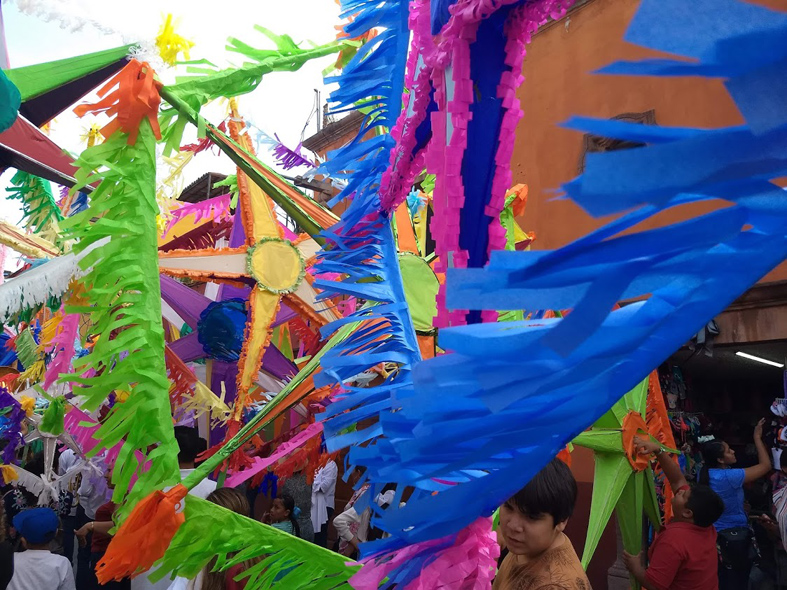
by Joaquin Sierra Rangel
The Saturday before the Feast of St. Michael the Archangel, La Alborada has been carried out for nearly 100 years, since 1924. The long history involves our factory, railroad and nuns alongside stars, music and gunpowder.
The factory opened in 1902 located in what was a former hacienda featuring 200 looms where corn and beans were once stored. The Landeta dam irrigated the area and the pipe is still visible today in the botanical gardens providing waterpower to support 60 to 70 workers per shift making a hundred meters of fabric.
There were similar factories nearby in Queretaro, Salvatierra, San Luis Potosi and Soria.

By 1910 the decade-long Mexican Revolution started sending the men off to war and women began working in the factory. Little documentation exists on the factory between 1910 and 1920.
In 1924 workers came from Salvatierra (their former factory had burned) and found work here bringing their traditions with them. The Alborada was first held on December 8, 1924 in honor of the Immaculate Conception at at Las Monjas (the Church of the Immaculate Conception). The nuns dressed 50 paper stars starting what is now a nearly century long tradition.
By 1925 the celebration was changed to honor St. Michael at the Parroquia (his namesake church), but with anti-Catholic sentiment during this time, celebrations didn’t begin again until 1929.
At that time a percentage of every workers’ salary went to the Alborada with committees formed to travel to Neutla, Celaya and Salvatierra to listen to bands and pick the best music and choose the best flowers. The railroad donated sparklers and pyrotechnics. Bricklayers from Valle de Maiz supplied gunpowder.
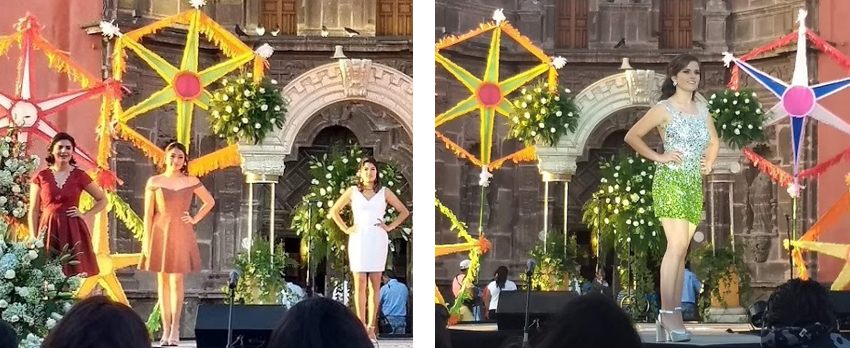
Starting in 1929 a parade from the factory walked up Aurora with music and dancing starting with a cannon blast at 3:30AM. (The cannon stopped being used after gunpowder struck and killed a woman.) Neighbors lit candles in lanterns to guide parade participants to the Parroquia.
Meanwhile railroad workers came up Canal St. from the train station while other workers came down from Valle de Maiz.
The only year the parade didn’t occur was 1998 when flooding blocked the bridge on calle Aurora.
Through the 1900s the factory was the town’s social and employment center with football and baseball teams competing with other local teams. Families came to the factory on Sundays with their meal to listen the factory’s band. Each December twelfth an altar was created inside the factory for a mass to Guadalupe on her feast day.
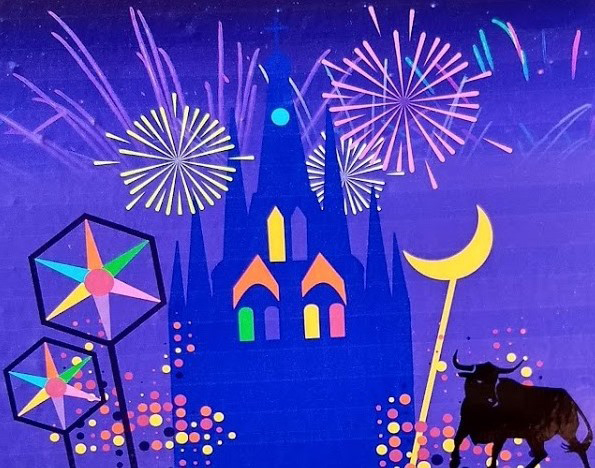
By the 1940s a worker earned 250 pesos a week. When the factory closed the average salary was $1500 a week.
Work declined in the factory during the 70’s as fabrics came from other areas in Latin America. Plus the factory offered fixed salaries versus newer factories that paid based on a worker’s production, making the factory further unable to compete.
The factory closed on March 19, 1991 the feast day of St. Joseph the Worker (celebrated outside the US as Labor Day). The town’s ever-present whistle announcing shift changes was silenced.
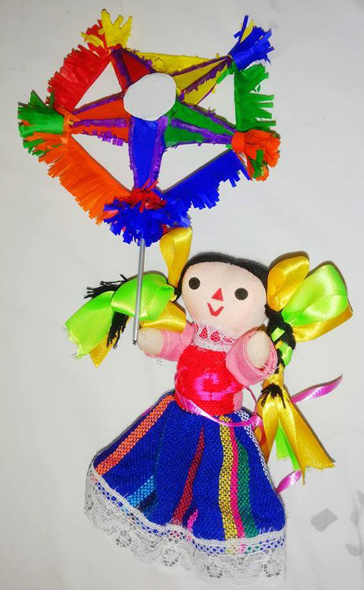
The cloistered brides of Christ that started making the paper stars for the workers from Salvatierra set the standards for stars continuing to this day being made in the communities of Obraje, San Luis Rey and Aurora. Each area offers workshops for folks of all ages learn the handicraft.
The traditional star has 5 peaks but certain other types of stars have marked differences.
Some stars feature seven smaller stars representing either the archangels (they’ll be labeled as such) or the sever sisters. The seven sisters are named for the constellation, Taurus, featuring seven main stars each five times larger than our sun. The Seven Sisters are the name of Catholic women’s group that devotes the 3PM hour seven days a week to praying for local priests to have God’s graces and become closer to Mary.
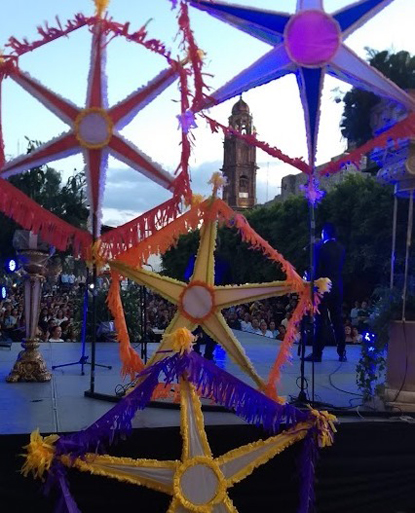
Other stars will feature six peaks with a small star on top with two eyes pictured. Or eight peaks with two stars in the highest peaks. These stars come from the constellation, Scorpius, featuring two close together stars meant to be St. Lucy’s eyes.
St. Lucy was an early nun that gorged her eyes out to deflect the attentions of an unwanted suitor. Mary is believed to immediate given Lucy new eyes, in a different color than her former ones. Lucy is now the patroness for vision issues and the name of our local Society for the Blind.
A somewhat round star with three stars on top with white roses represents the Holy Trinity and a version of Mary that appeared to two German nuns. Mary told the nuns to say the prayer, Hail Mary, three times when waking in the morning and before going to bed to think about their day some. In exchange Mary would grant them an easy death. The chapel to Mary of the Three Hail Marys is on Plaza Civica. The star to Mary of Three Hail Mary’s fell out of favor around 1950 but has had a resurgence since 2017.
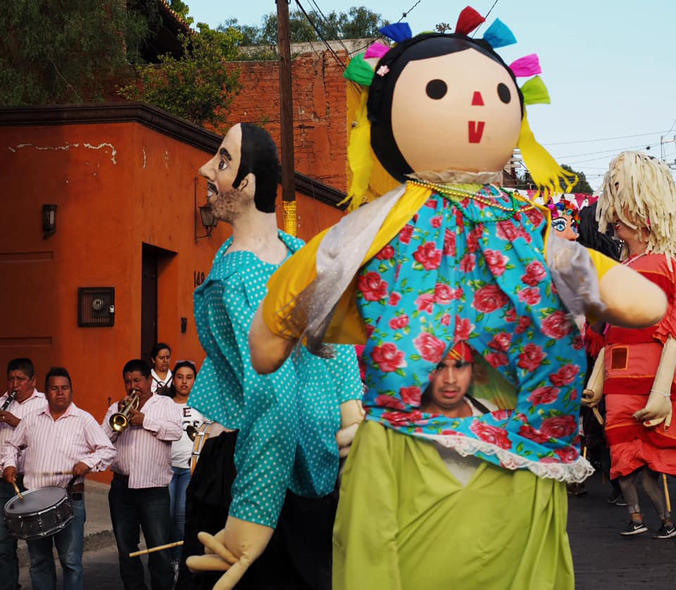
Stars for the moon are white and smaller than stars in yellow, orange and red for the sun.
The stars appear alongside the mojigangas, large paper-mache puppets brought over from Spain to teach the life of the saints. Their long arms were believed to clear the street of any evil in a procession before the sacred art was carried by. Today mojigangas clear the street of any evil (and most everything else) for wedding parties going from the mass to reception.
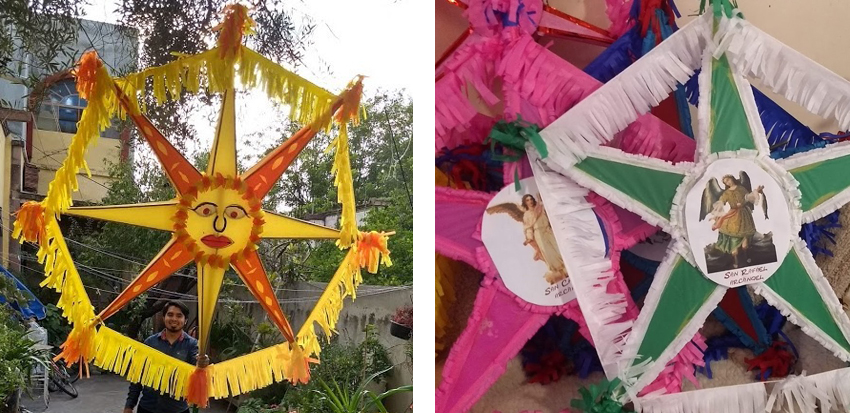
Until recently St. Martha’s dragon participated in the Alborada. St. Martha was Lazaro’s and Mary’s sister, all three close pals to Jesus. Following Jesus’ death Martha moved to France and convinced a mountain-top dragon to join her in her return to the village where the villagers kill the monster. (The same plot is used in King Kong and Beauty and the Beast.) Martha represents the Church killing off the pagan faiths (the dragon) and her dragon came to Mexico to conquer the indigenous faiths. Today St. Martha’s dragon is normally only seen in late Mary at the Valle de Maiz festival for the Sacred Cross.
Neighborhoods now sponsor La Albroada and have reduced the early morning fireworks from two hours to one from 4 to 5am to appease the complaining foreigners. The government now pays for gunpowder used to recreate the battle of St. Michael kicking the devil out of heaven across the battlefield of the Jardin.
Watch out for drunk lads that strip down to their skivvies and shimmy up the trees to try and catch the fireworks, not having really thought the idea through.
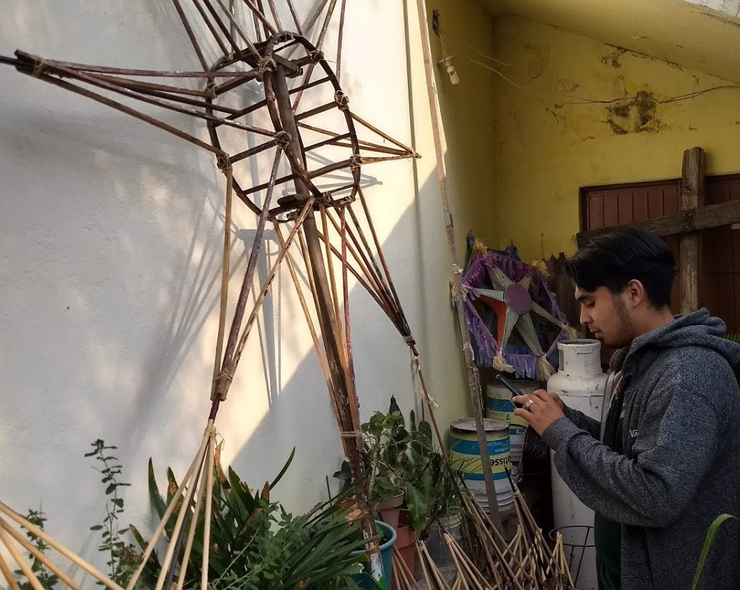
**************
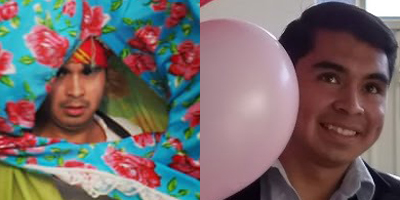
Joaquin Sierra Rangel is a local lad and former Oratorio. Today Joaquin provides internet marketing services and is a young traditionalist that released his first book this week, La Alborada: Estrellas, Musica y Polvora. He is frequently spotted in faith-based processions twirling one of the stars he has made or peeking out from one of his mojigangas.
|